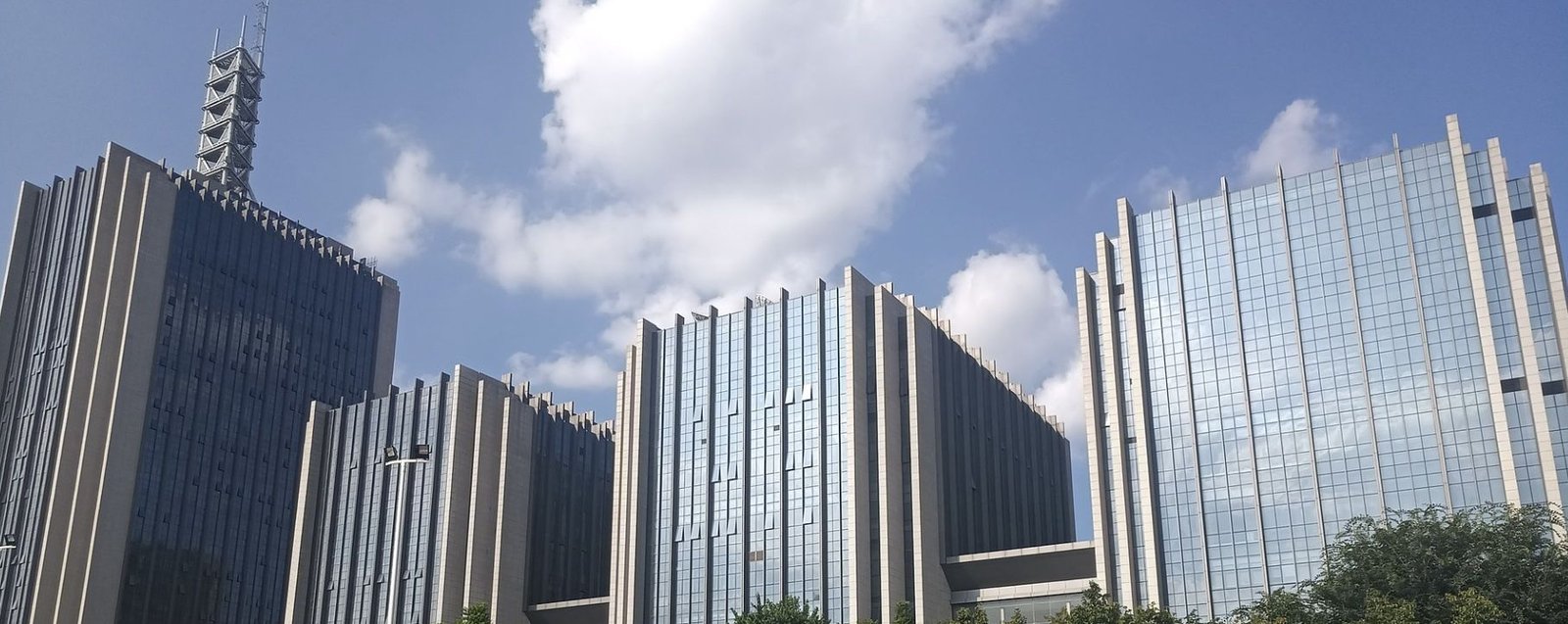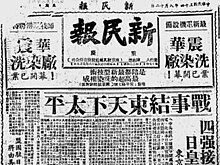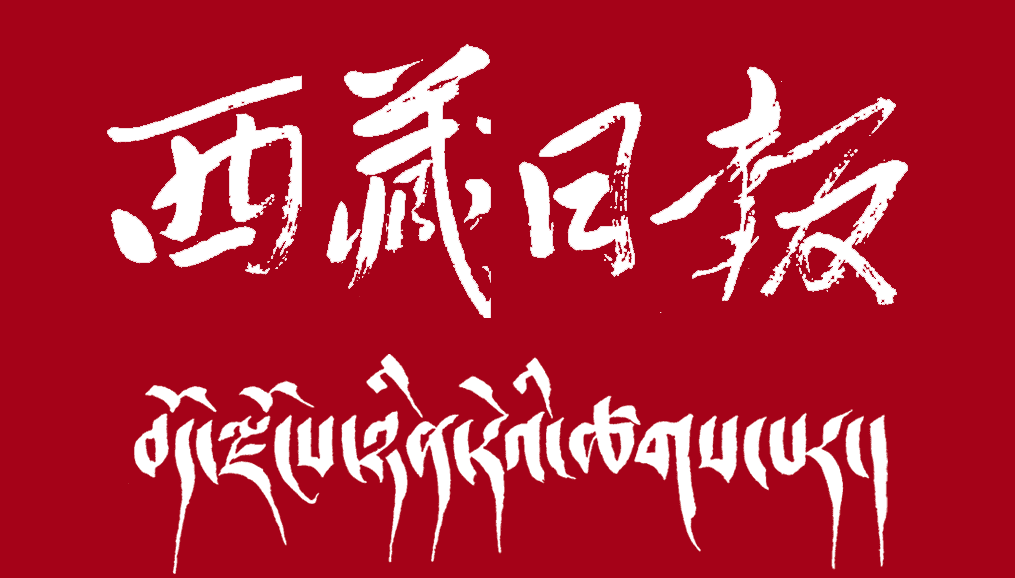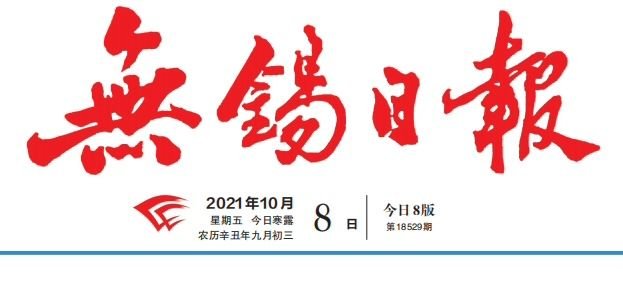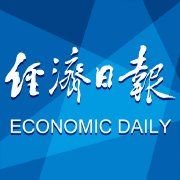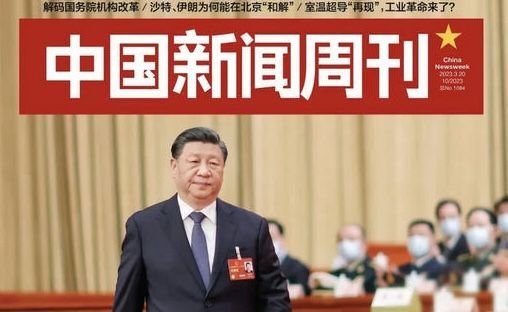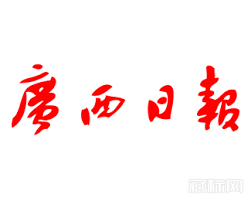Yunnan Media Group (YMG)
Yunnan Media Group (雲南廣播電視台), or YMG, serves as the provincial state broadcaster of southwestern China’s Yunnan province under the leadership of the provincial Chinese Communist Party committee. Established on August 29, 2012, through the merger of Yunnan Television Station and Yunnan People’s Radio Station, YMG operates nine television channels and eight radio frequencies. The organization functions as a directly administered institution under the Yunnan provincial government while receiving guidance from the provincial party propaganda office. YMG plays a strategic role in China’s media and cultural outreach to Southeast Asia, working closely with the provincial government and Yunnan’s South and Southeast Asia Regional International Communication Center (雲南省南亞東南亞區域國際傳播中心) to promote cross-border exchanges with neighboring countries.

